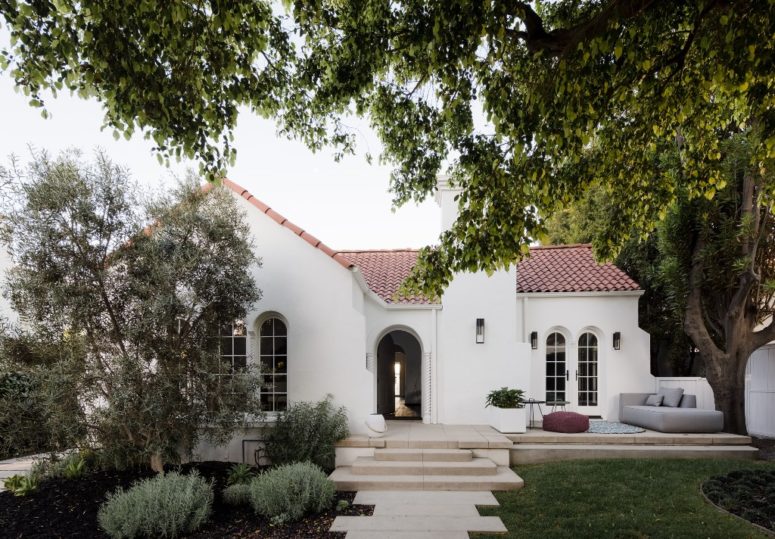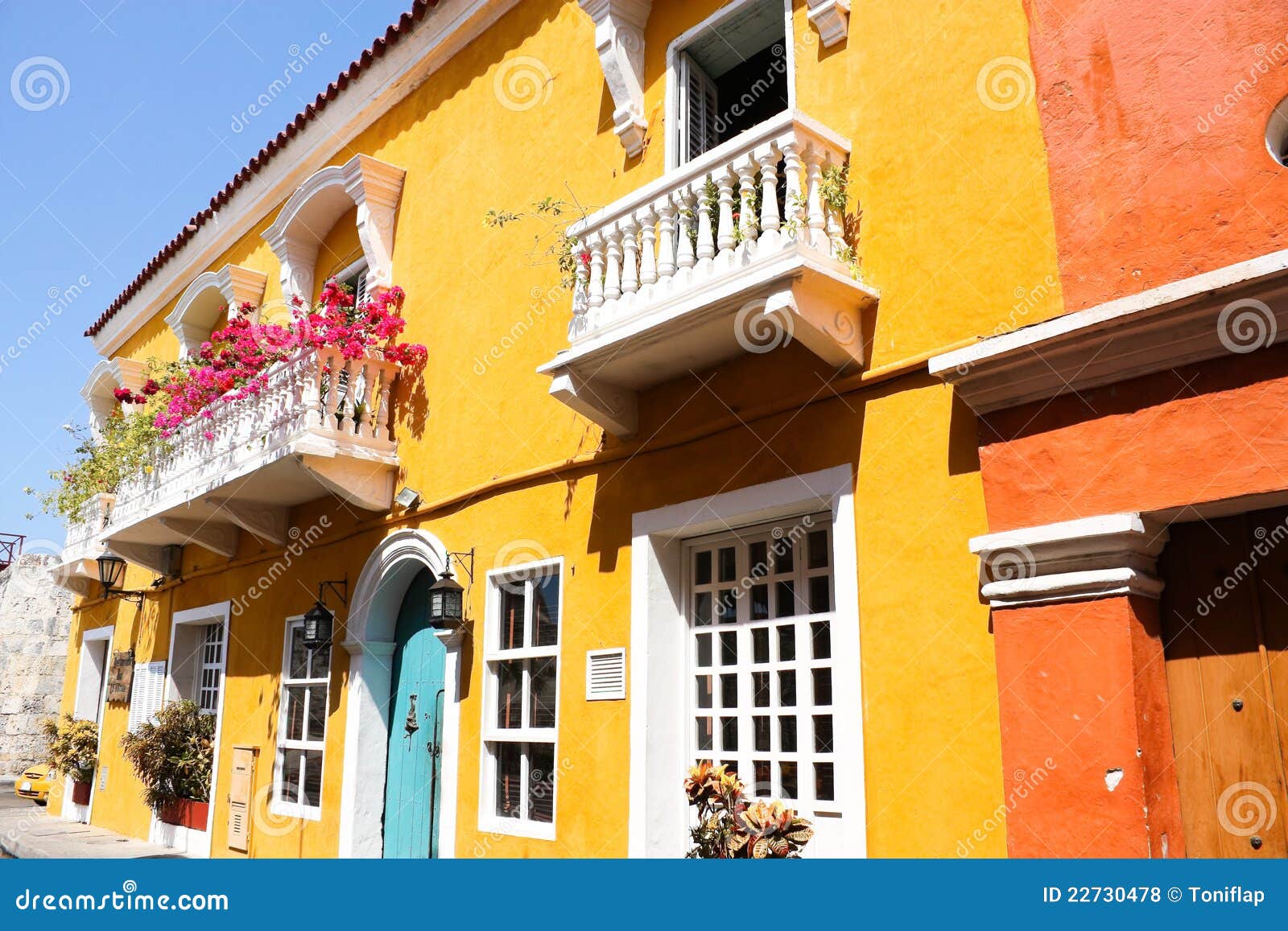Table Of Content

The Santa Barbara County Courthouse has some key elements of Spanish colonial homes and buildings. Just like the features that the Palm Beach Townhall has, the Santa Barbara County Courthouse checks many of the boxes of what constitutes a Spanish colonial home. The Spanish colonial-style houses were sometimes built right next to each other, with some rooms lacking access from the inside hence the need for outdoor corridors.
Indoor Arched and Open Doorways
The central plaza, the wide streets and a grid pattern are still common elements in Mexico City and Puebla de Los Angeles. It is not uncommon in modern-founded towns, especially those in remote areas of Latin America, to have retained the "checkerboard layout" even to present day. The houses never had too many rooms, but there was the need to have a ground and first floor. Since the Spanish colonial-style homes are found mostly in the coastal regions, it is cooler upstairs compared to downstairs. After all, the top floors are clear of any distractions that might block the sea breeze. A common feature in Spanish revival homes is the flat ceiling supported by large, dark wooden beams.
What Is Spanish Colonial Architecture?
A Well-Preserved 1920s Spanish Colonial Revival Manor Is Up for Grabs in L.A. - Robb Report
A Well-Preserved 1920s Spanish Colonial Revival Manor Is Up for Grabs in L.A..
Posted: Wed, 20 Mar 2024 07:00:00 GMT [source]
Furthermore, the ceiling is supported by large wooden beams, which is a classic Spanish colonial style. Spanish Colonial was the most decorative of the Spanish styles, and its ornament covered a wide range of source material, from Moorish to Renaissance and Byzantine. With hipped or gabled red-tile roofs, Spanish Colonial homes often featured twisted, spiral columns beside door and window openings, with heavy, carved doors and decorative tile trim. The intricate ornamental forms of Old World Spanish buildings, called Churrigueresque ornament, were a hallmark of high-style Spanish Colonial homes. In Coral Gables, Florida, architects Kiehnel and Elliott designed a gorgeous winter residence, El Jardin (1917), for a president of Pittsburgh Steel using such ornament. However, the Spanish Colonial home was not all glitz and glamour, for it extended—in simpler forms—to ordinary suburban buildings as well in every part of the nation.
Spanish Colonial Revival

White stucco walls were made of sand, lime, and water, which can be obtained easily in most places. Stucco is still used in home décor todayand is one of the preferred materials for coastal area building. Other areas where wood is used—floors, doors and trim—offer opportunity for creativity. Fiore notes that in some homes you'll find elaborate carvings on the wood doors, used to designate certain rooms of importance. Mexico, as the center of New Spain—and the richest province of Spain's colonial empire—has some of the most renowned buildings built in this style. With twenty-nine sites, Mexico has more sites on the UNESCO World Heritage list than any other country in the Americas, many of them boasting some of the richest Spanish colonial architecture.
Adobe Walls
Hallmarks of the style are both aesthetically pleasing and practical, including long or deep covered porches, historically used to connect rooms in a narrow floor plan, as well as arched elements and low-pitched roofs. The roof tiles are red, and there is outdoor space for people to sit and relax. New Mexico builders of the 19th century often chose houses in the Territorial style. Architecturally, the Territorial style is a slightly easternized version of the Pueblo. This rectilinear building type features adobe walls, double-hung window sash, and flat or low-gable roofs edged with a brick frieze. Other features combine design elements from different areas and eras, like the Spanish Baroque and Moorish Revival.

Thick Stucco Walls
Often, these homes pull inspiration from Renaissance, Baroque, Puebla, Moorish, and even previous Revival styles all at once, making them truly unique. Spanish-style homes are inspired by colonial architecture under Spanish rule and incorporate many key design elements like stucco and terracotta roof tiles. In the United States, they are most common in areas that were ruled by Spain, like Florida, California, and the Southwest. Even with these regional differences, Spanish Colonial homes share several distinct characteristics. Inside the Banco Hipotecario, there is a wide space with large and curved entryways.
In colonial times, houses were built from whatever natural resources were found in the region. For the British, German, and Dutch settlements along the east coast, as well as in the French colonies of the South, this meant houses of stone and wood. But in the Spanish settlements found in Florida, California, and the expansive Southwest houses were built of stucco, clay, and plaster, creating a wildly different look than all other forms of colonial architecture. In addition to these resources being abundant, they also helped keep homes cool — an essential element in the furiously hot climates of Spain’s colonies. The Palm Beach Town Hall is an elegant building with almost all its features taking after the Spanish colonial style designs. From the white walls to the curved doorways, small windows, a red roof, and a nearly flat roof, the hall is very Spanish in nature.
Since wood was a reliable, locally sourced material, the frames of the houses were made of wooden beams. The exposed beams are a popular way to identify Spanish colonial architecture. The Spanish colonial architecture doors are slender, and the windows are tiny. The purpose of this design was to trap the cool air inside and keep the warm air out.
The Spanish mission architecture involved building a mission complex with a bell tower. The towers provided stairs to access the upper floor and were aesthetically pleasing. The architectural style has distinct features which we can see in most buildings today, as we will extensively discuss. Offering a striking contrast to whitewashed walls, elegant wood features are a central component of Spanish Colonial style. “Inside, you will notice white plaster walls, often with a lime finish, wood trim around passageways, and significant reclaimed wooden beams in main living spaces,” Fiore says. Those exposed wood beams lend a certain gravitas to a room in addition to providing structural support.
British-inspired homes, for example, are so prevalent in the United States that they're just called "Colonial." But another nation's influence can be spotted throughout the country. Spanish Colonial homes were first built in the parts of America settled by Spaniards—namely Florida, California, and throughout the Southwest—from the 1600s to the mid-1800s. Because adobe walls are best suited for warm climates, you'll often find them in the Southeast, Southwest, and California. Adobe is highly susceptible to cold, damp conditions, and can swell when exposed to too much water. Palm Beach Town Hall is just two stories tall, which is one of the common elements in Spanish settlements.
On the west coast, the Spanish did not begin colonizing California or the American Southwest until 1769, and expanded upon the styles first brought to the U.S. more than two centuries before. Though they shared many commonalities with the Spanish Colonials of Florida, these western homes borrowed many building techniques from indigenous peoples, using adobe bricks and other natural materials that reflect the surrounding desert landscape. The stucco walls were made of lime, water, and sand, while the adobe bricks were made of clay and straw. It is hard to tell the difference just by looking as the Spanish had white exterior walls in most of their homes.

No comments:
Post a Comment